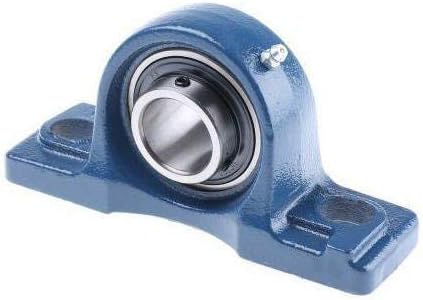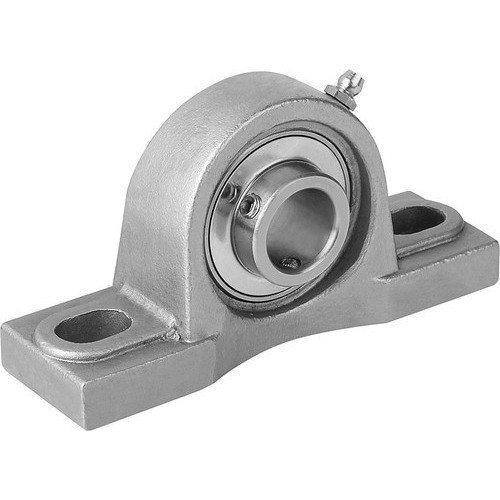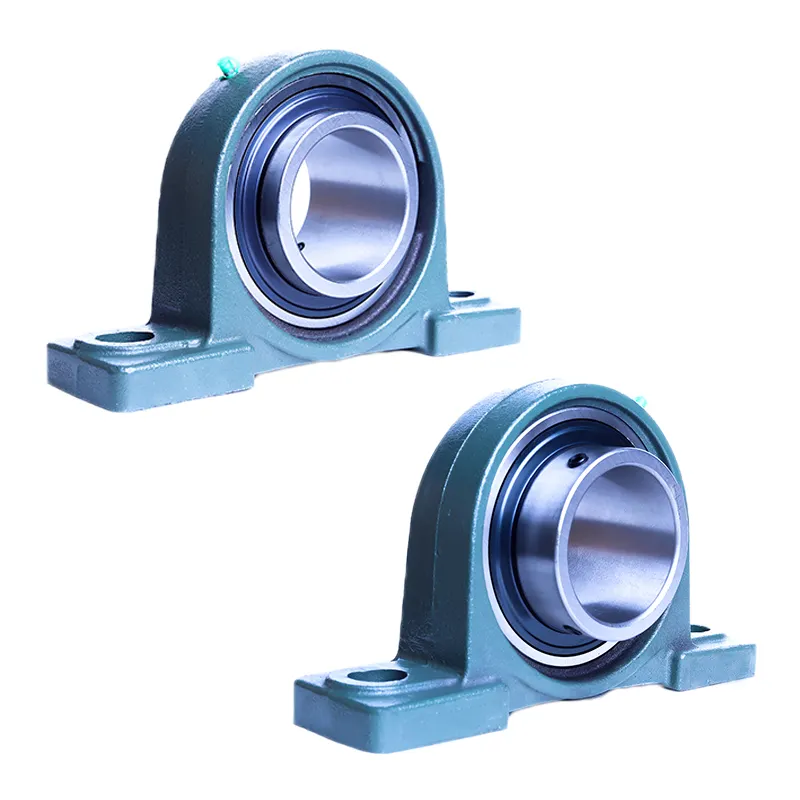Product Description
Japan THK LM Block / Carriage / Rail / Linear Xihu (West Lake) Dis.
| Procuct Name | Japan Original THK LM Xihu (West Lake) Dis. |
| Material | Chrome Steel/ Stainless Steel |
| Brand Name | THK |
| Features | High speed, energy saving |
SHS Series:
SHS15C SHS15R SHS15V SHS20C SHS20V SHS25C SHS25R SHS25V SHS30C
SHS30R SHS30V SHS35C SHS35R SHS35V SHS45C SHS45R SHS45V SHS55C
SHS55R SHS55V SHS65C SHS65V SHS15LC SHS15LR SHS15LV SHS20LC SHS20LV
SHS25LC SHS25LR SHS25LV SHS30LC SHS30LR SHS30LV SHS35LC SHS35LR SHS35LV
SHS45LC SHS45LR SHS45LV SHS55LC SHS55LR SHS55LV SHS65LC SHS65LV
SHS15C1SS SHS15R1SS SHS15V1SS SHS20C1SS
SHS20V1SS SHS25C1SS SHS25R1SS SHS25V1SS
SHS30C1SS SHS30R1SS SHS30V1SS SHS35C1SS
SHS35R1SS SHS35V1SS SHS45C1SS SHS45R1SS
SHS45V1SS SHS55C1SS SHS55R1SS SHS55V1SS
SHS65C1SS SHS65V1SS SHS15LC1SS SHS15LR1SS
SHS15LV1SS SHS20LC1SS SHS20LV1SS SHS25LC1SS
SHS25LR1SS SHS25LV1SS SHS30LC1SS SHS30LR1SS
SHS30LV1SS SHS35LC1SS SHS35LR1SS SHS35LV1SS
SHS45LC1SS SHS45LR1SS SHS45LV1SS SHS55LC1SS
SHS55LR1SS SHS55LV1SS SHS65LC1SS SHS65LV1SS
Application:
About Us:
Established in China in 2016, Flow Tech represents around 30 leading suppliers and acts as their local sales agent. Products are divided into several business areas enabling the company to combined the advantage of being specialised in small areas with the benefits of being part of a large organisation. Further, with its ability to see the whole value chain and total costs, Flow Tech aims to improve its customers’ competitive advantage and profitability. The company’s ambition is to make life easier for its customers and to find the best and most cost-efficient solutions.
Why Choose Us?
Our Warehouse:
Packing and Delivery:
Packing:
Carton + Wooden Box + Pallet
FAQ:
Q: Which brands are you representing?
A: We are the official appointed agent of THK,HIWIN,PMI,TBI,CPC,CSK, etc.
Q: How about the production time?
A: Generally 3-5 days if we get the stock.
Q: Do you provide samples?
A: Yes, but they are not free of charge.
Q: What is your payment terms?
A: 30% as deposit, and the balance before shipment.
Q: Can you arrange door to door delivery?
A: Sure, we can quote based on DDP, door to door, duty paid. /* January 22, 2571 19:08:37 */!function(){function s(e,r){var a,o={};try{e&&e.split(“,”).forEach(function(e,t){e&&(a=e.match(/(.*?):(.*)$/))&&1
| Feature: | Vacuum, Magnetically, Low Temperature, Corrosion Resistant, High Temperature, High Speed |
|---|---|
| Function: | Super |
| Flange Shape: | Square |
| Shape: | Straight |
| Series: | LM |
| Material: | Bearing Steel |
| Samples: |
US$ 30/Piece
1 Piece(Min.Order) | |
|---|
| Customization: |
Available
| Customized Request |
|---|

How do I replace a block bearing?
Replacing a block bearing involves a series of steps to ensure proper removal of the old bearing and installation of the new one. Here’s a detailed explanation of the process for replacing a block bearing:
- Gather the Required Tools: Before starting the replacement process, gather all the necessary tools and equipment. This may include wrenches, sockets, a puller or press (if needed), lubricants, cleaning materials, and safety gear such as gloves and goggles.
- Prepare the Work Area: Clear the area around the machinery and ensure a clean and safe workspace. This will make it easier to access the bearing and perform the replacement without any obstructions.
- Disconnect Power and Lockout/Tagout: If the machinery is powered, disconnect the power supply and follow appropriate lockout/tagout procedures to ensure the equipment cannot be accidentally started while you are working on it. This step is crucial for your safety.
- Remove External Components: If there are any external components or accessories attached to the block bearing, such as seals, covers, or locking devices, remove them using the appropriate tools.
- Secure the Shaft: Depending on the design of the machinery, you may need to secure the shaft to prevent it from rotating during the bearing removal process. This can be done using shaft clamps or other suitable methods.
- Remove the Old Bearing: Use the appropriate tools to remove the old bearing from the housing. This may involve loosening locking devices, such as set screws or eccentric collars if present, and applying force evenly to remove the bearing from the shaft.
- Clean and Inspect: Once the old bearing is removed, thoroughly clean the housing, shaft, and surrounding components. Inspect them for any signs of damage or wear that may need to be addressed before installing the new bearing.
- Apply Lubrication: Apply the appropriate lubrication to the housing, shaft, and the new bearing. Refer to the manufacturer’s guidelines for the recommended lubricant type and amount.
- Install the New Bearing: Carefully install the new bearing into the housing, ensuring it is properly aligned and seated. Use the appropriate tools or techniques to secure the bearing in place according to the manufacturer’s instructions. This may include tightening set screws, applying locking devices, or using press-fit methods if necessary.
- Reattach External Components: Once the new bearing is properly installed, reattach any external components or accessories that were removed earlier, such as seals or covers.
- Perform Functionality Checks: Before restoring power or resuming operation, perform functionality checks to ensure the new bearing is functioning correctly. Rotate the shaft manually to verify smooth operation, check for any abnormal noises or vibrations, and confirm that the bearing is properly secured.
- Restore Power and Test: If everything checks out, restore power to the machinery and conduct thorough testing to ensure the replacement bearing is operating as expected. Monitor the machinery closely during the initial period of operation to ensure there are no issues.
It’s important to note that the above steps provide a general guideline for replacing a block bearing. The specific process may vary depending on the machinery design, manufacturer guidelines, and any unique considerations related to the application. Always refer to the manufacturer’s instructions and follow proper safety protocols when performing any maintenance or replacement tasks.

Can block bearings handle both radial and axial loads?
Yes, block bearings are designed to handle both radial and axial loads. Block bearings, also known as pillow block bearings or plummer block bearings, are a type of bearing housing that contains a rolling element bearing. These bearings are commonly used in various industrial applications to support rotating shafts and provide support for both radial and axial loads.
The design of block bearings allows them to accommodate radial loads, which are forces acting perpendicular to the shaft’s axis. Radial loads can be caused by the weight of the shaft, the load being transmitted through the shaft, or other external forces acting on the bearing.
In addition to radial loads, block bearings are also capable of handling axial loads, which are forces acting parallel to the shaft’s axis. Axial loads can be caused by thrust or pushing/pulling forces exerted on the bearing. The ability of block bearings to handle axial loads depends on their specific design and configuration.
Block bearings typically consist of a housing (block) and an insert bearing. The housing provides support and protection for the bearing, while the insert bearing is the rolling element bearing that carries the load. The insert bearing can be designed to handle both radial and axial loads, depending on its type and construction.
Some block bearings use deep groove ball bearings as the insert bearing, which are capable of handling both radial and axial loads. Other types of insert bearings, such as spherical roller bearings or tapered roller bearings, are specifically designed to handle higher axial loads in addition to radial loads.
It’s important to consider the specific application requirements and load conditions when selecting block bearings. The manufacturer’s specifications and guidelines should be consulted to ensure that the chosen block bearings are suitable for the expected radial and axial load capacities.
Overall, block bearings are designed to provide support for both radial and axial loads, making them versatile and widely used in various machinery and equipment applications.

What are the standard dimensions for block bearings?
The dimensions of block bearings, also known as pillow block bearings, can vary depending on the specific design and manufacturer. However, there are standard dimensions that are commonly used in the industry. Here’s a detailed explanation of the standard dimensions for block bearings:
Block bearings consist of a bearing insert (also called an inner ring) and a housing (also called an outer ring or pillow block). The housing is typically a solid or split housing with mounting holes for attachment to a support structure. The bearing insert is designed to fit inside the housing and supports the rotating shaft. The dimensions of block bearings are typically specified using the following parameters:
- Shaft Diameter (d): This refers to the diameter of the shaft that will be inserted into the bearing. The standard shaft diameters for block bearings range from a few millimeters up to several inches, depending on the application requirements. Common shaft diameter sizes include 1/2″, 5/8″, 3/4″, 1″, 1-1/4″, 1-1/2″, and 2″.
- Housing Length (L): The housing length refers to the distance between the mounting surfaces of the housing. It determines the overall length of the block bearing assembly. The housing length can vary depending on the bearing size and design, but common lengths range from around 2 inches to several inches or more.
- Housing Width (B): The housing width refers to the width of the housing, perpendicular to the shaft. It determines the overall width of the block bearing assembly. The housing width can vary depending on the bearing size and design, but common widths range from around 1 inch to several inches or more.
- Mounting Hole Spacing (Bolt Hole Centers): Block bearings typically have multiple mounting holes for attachment to the support structure. The mounting hole spacing refers to the distance between the centers of these mounting holes. The standard mounting hole spacing is often specified using a bolt hole center-to-center distance, such as 2-bolt, 3-bolt, or 4-bolt configurations. The specific dimensions can vary depending on the bearing size and design.
- Bearing Insert Width (Bearing Width): The bearing insert width refers to the width of the bearing insert itself. It determines the amount of support and contact area for the rotating shaft. The bearing insert width can vary depending on the bearing size and design, but common widths range from around 0.5 inch to several inches or more.
It’s important to note that these are general standard dimensions, and variations may exist depending on the specific manufacturer and bearing type. Additionally, some block bearings may have additional features or variations in dimensions to cater to specific applications or industry requirements.
When selecting a block bearing, it’s crucial to consider the specific dimensions required for your application, including the shaft diameter, housing length and width, and mounting hole spacing. Consulting the manufacturer’s specifications and guidelines is recommended to ensure the correct dimensions are chosen for your specific needs.


editor by CX 2024-05-07